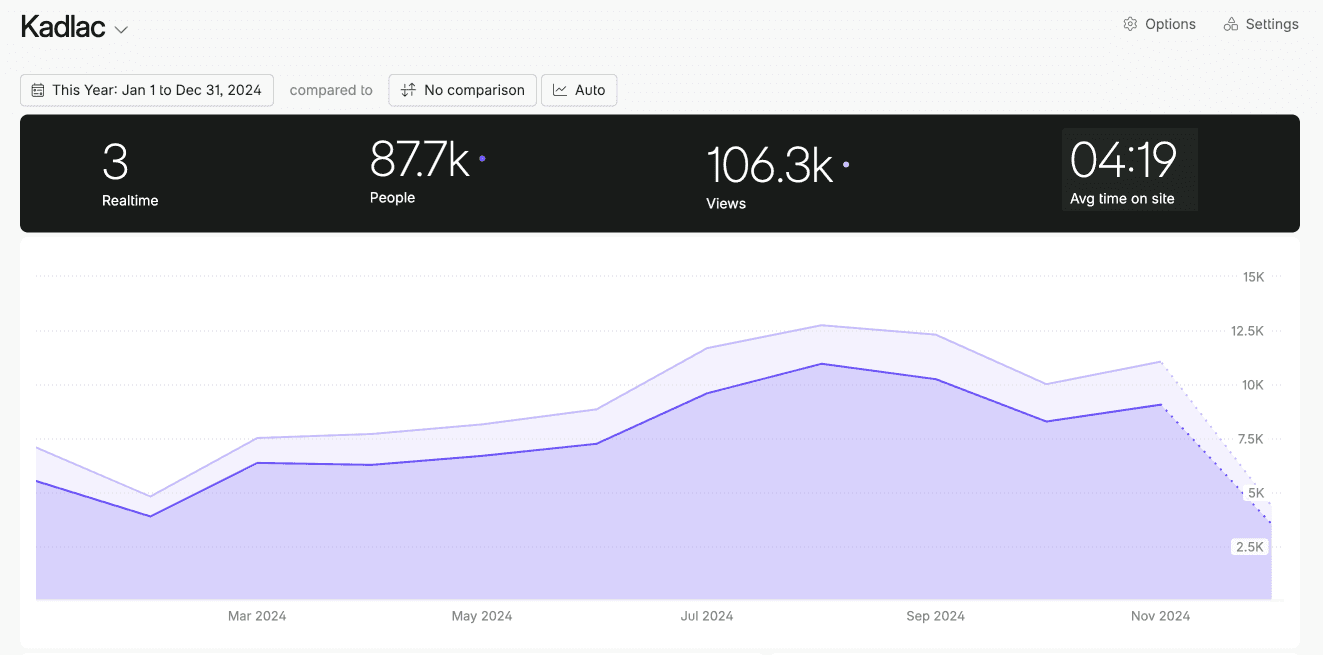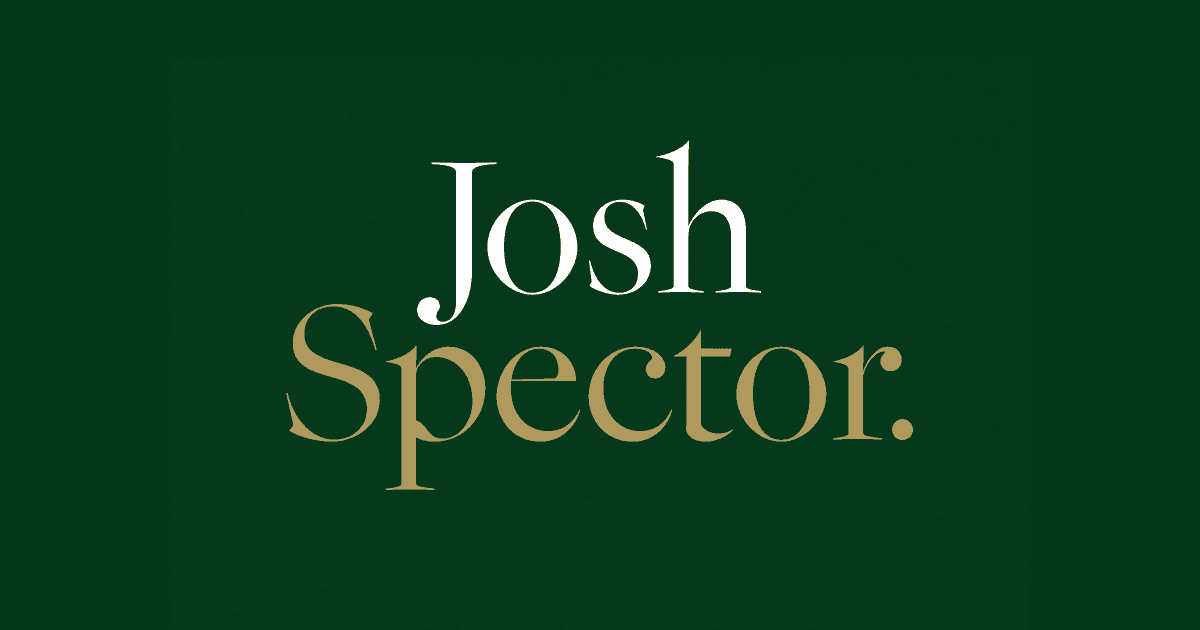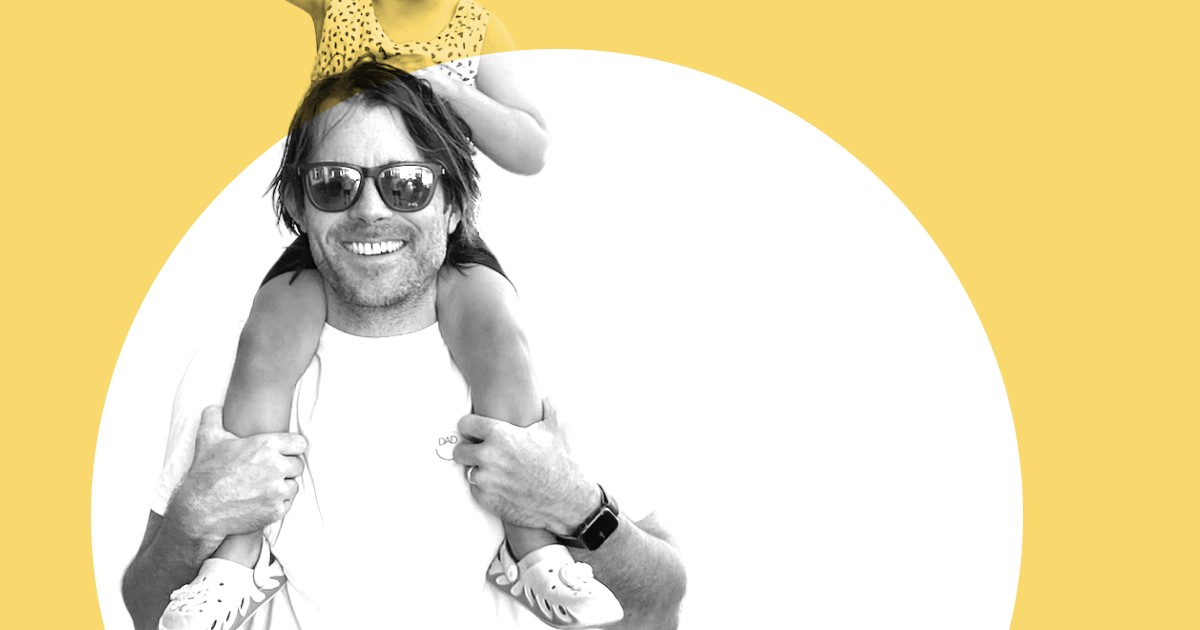Oct 18, 2022

Six years ago, I ditched Minnesota’s frozen tundra for California’s scorching sun.
There’s a reason why midwesterners are known to have a great work ethic; you’re stuck inside for four months of the year. In other words, an introvert’s dream.
In California, it’s your choice to dip in and out of the snow on your own watch—which for me, is usually reserved for snowboarding.
Now with a global pandemic forcing us to adapt to this new world, masking our faces off from the rest of the world is like moving back to Minnesota for a cold, arduous winter. This warm, cotton, mouth-basket embraces my face against not only a virus, but from small-talk.
On my daily walks, I’ll take time to read eyes and body language, instead of talking. I’ll gesture like an animated mime, using shoulder shrugs, raised eyebrows, peace signs, hand waves, and how-do-you-do head nods.
Through all of this, what you can’t see behind my mask is a smile stretching from ear loop to ear loop.
My first mask
Scanning through my unorganized mess of clothes, I found what would be my first face mask. Sandwiched between an old t-shirt and a single sock, I found a very American looking red bandana. Not unlike the dyed red bandana, Hulk Hogan had tightly wrapped around his sweaty, shiny cranium.
I wrapped the bandana around my face and fumbled to tie a knot in the back. Like tying a tie for the first time, this simple routine felt unnatural and ended up crooked on my face.
No matter. I stepped outside, and for the first time with this off-kilter bandana wrapped around my smiling face, I revealed my old-timey bank robber look to the world.
The freedom I felt in that moment to walk anywhere in peace, was liberating.
A deluge of face masks
Masks have been common in Japan and China for generations. They were purely functional, worn as an accessory to protect against the flu, air pollution, and occasional outbreaks.
Wearing a mask daily is a trait unfamiliar to most of us in the Western Hemisphere. Now, a global pandemic has unleashed both the production of new non-medical grade masks and the creativity that surrounds it. Because Americans are not satisfied with the status quo, we must find masks that define who we are, like wearing a Deadhead t-shirt.
Retailers are jumping at the chance to provide creative solutions to the short supply of medical-grade N95 masks, somehow still hard to come by. Even home-sewers are finding an opportunity to create and harness this moment to satisfy our thirst for original expression.
Online, every digital feed that I find myself trapped in has advertising footprints leading to an array of retailers, capitalizing on this moment.
A search on Etsy for ‘Face Mask’ returns 1.4 million results. An Etsy blog revealed that buyers searched for masks over two million times in an April weekend. Nine times per second!
The bandana I was wearing suddenly felt out of touch and not representative of my personality. This wasn’t me! I felt compelled to try something new. Tapping on a targeted ad pointed me to a local linen factory making colorful masks using earthy hues.
The introvert in me needed to express myself quietly to the world in a different way. Less old-timey bank robber, more whimsical, and design forward. We’re all a little vain, right?
Face masks as a creative expression
Masks have an immediate negative reaction. Wearing one implies that something is wrong. It draws lines in the sand for some people, especially for those who want to avoid coming to terms with what’s happening before our very eyes.
Thankfully, we’re far beyond the need for the ‘beak mask’, that would literally scare the shit out of people. The wearer would often fill the beaks with dried flowers, herbs, and spices just to compensate for the smell of death.

As an introvert, I’ve found ways to instead focus on the benefits of mask-wearing outside of the health impact. In the same way, artists are finding ways to creatively express themselves using a mix of high-art, sci-fi, and concept car showrooms.
"The face mask is 2020's most iconic and important visual motif"
— Freyja Sewell, London based designer


SA headpiece topped with microphones makes up the mask created in honour of key public service workers like journalists
While many of these are concepts, it’s like watching them strut down the runway during fashion week, held stoically high.
A masked superpower
Not more than a few weeks later, the creative expression I found in my last mask felt tiresome. I wanted to balance form with function and opted for my third mask. One that included a neck-line so I could let it hang when not in use. And one that used better fabric because I care about the soft materials rubbing against my face.
“The Mask Era has inspired creativity, but is shaped by deprivation.”— Robin Givhan, Washington Post
Our creative expression changes quickly, and buying masks is becoming a thing we do now, like buying new socks. Fashion trends change on a dime, and in some ways, more thought is being put into what we wear now during a global crisis.
Months after putting a mask on every day, the feeling is as natural as putting on a t-shirt. Can this continue? For an introvert like myself, I’m making the most of my peaceful, socially distanced walks.
Wearing a mask provides introverts a superpower to feel comfortably quiet, simultaneously outsourcing our social expectations to be loud, onto a piece of fabric.
But, at the end of the day—while I enjoy the superpower—it’s a huge relief just to get it off my face.
Curious about what tools will help you build your own creative business?
Get my free toolkit of 59+ resources that will help you learn, create, and sell online.



